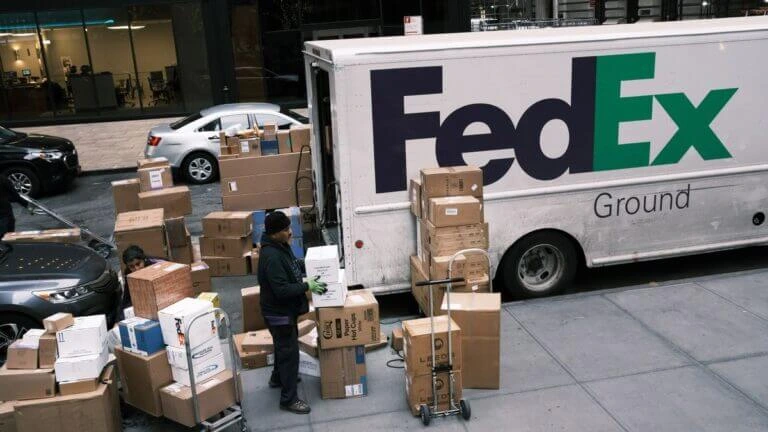Old Dominion Freight Line, a prominent player in the freight industry, has recently declared a significant rate increase for the second time this year.
The company, headquartered in Thomasville, North Carolina, announced a 4.9% hike in its rates, effective from December 4. This move comes almost a month earlier than its usual year-end rate increase pattern, showcasing a shift in the company’s strategic approach.
The rate increase matches the one implemented in January and is seen as a step to partially counterbalance the climbing costs associated with various aspects of their operation. These include expenses incurred in new real estate ventures, expansion projects, acquisition of new equipment, technological advancements, and maintaining competitive employee wages and benefit packages.
Todd Polen, the VP of Pricing Services at Old Dominion, emphasized that this hike is in sync with their economic forecasts and the expected operating environment. He assures that despite the increase, the company’s commitment to delivering top-notch, on-time, and claims-free services at fair prices remains steadfast.
The rate adjustment will apply to rates established under Old Dominion’s specific tariffs and will vary depending on individual shipment lanes and the distance traveled. It is designed to cover nominal increases in minimum charges across various lanes, including intrastate, interstate, and cross-border.
Interestingly, Old Dominion’s rate increase is comparatively modest when looking at the broader industry landscape.
For instance, Saia, based in Johns Creek, Georgia, also announced a rate increase set for December 4, but at a steeper rate of 7.5%.
Meanwhile, FedEx Freight plans to implement a rate increase of between 5.9% to 6.9% for its LTL service starting January 1.

Old Dominion’s decision to raise rates for the second time in 2023 is a strategic response to the evolving operational costs and market conditions. While this move places a certain financial burden on its customers, it is a necessary step for the company to maintain its high-quality service standards and invest in future growth. As the freight industry navigates through these changes, it will be interesting to see how different players adapt and respond in this competitive landscape.